Premium Only Content
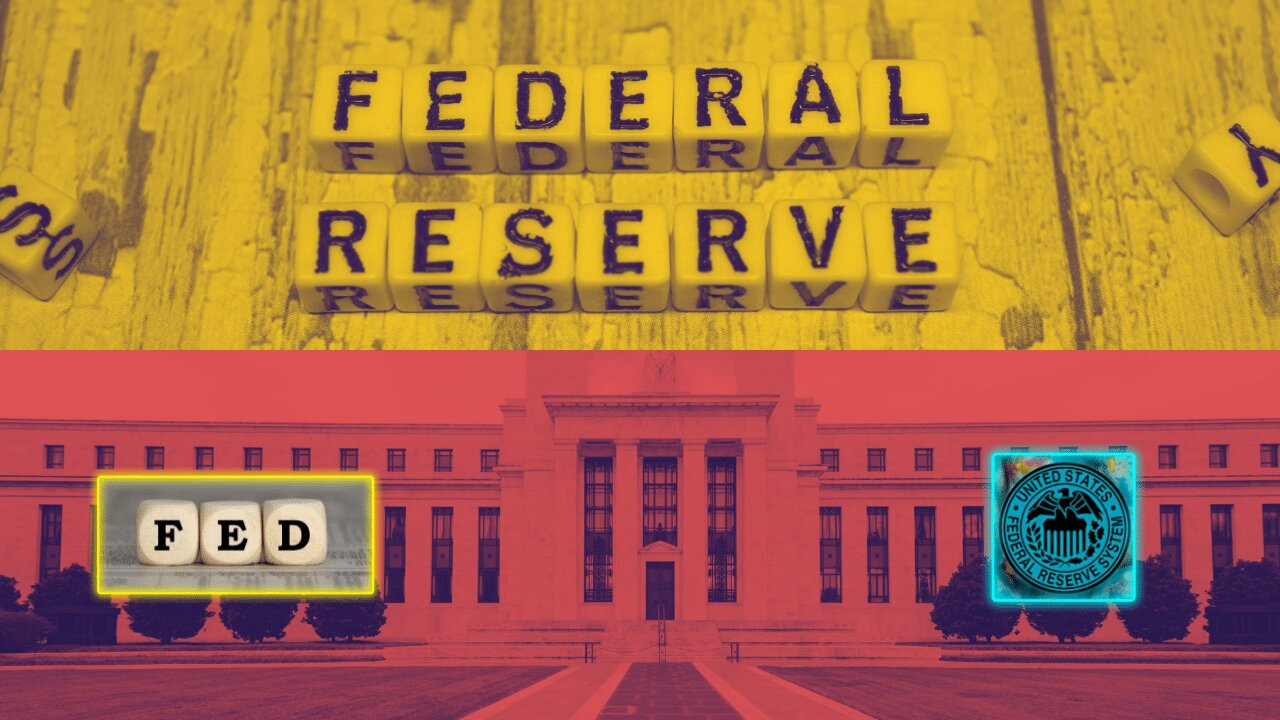
What is the Federal Reserve (FED)?
My Exclusive Free Workshop The Four P's of Building a Successful Investing Program → https://spxinvesting.mailchimpsites.com
Blog: https://spxinvestingblog.com
Public Facebook Group: https://www.facebook.com/groups/43384... http://www.sec.gov/
Fed Tutorial: http://www.investopedia.com/university/thefed/
www.federalreserve.gov
Fed Watch Tool: https://www.cmegroup.com/trading/interest-rates/countdown-to-fomc.html
Books mentioned
End the Fed by Ron Paul
Fed Up by Danielle DiMartino Booth
Fed Watching for Fun & Profit: A Primer for Investors, and The Fed and The Great Virus Crisis by Edward Yardeni
The Fed Reserve System is the bank of the US government and regulates the nation's financial institutions.
The Fed watches over the world's largest economy and is one of the most influential organizations on earth.
The Fed dictates economic and monetary policies that have profound impacts on individuals in the US and around the world.
Brief History
The Fed was created in 1913 with the enactment of the Federal Reserve Act.
This was mainly in response to a series of financial panics, particularly a severe panic in 1907.
Over time, the roles and responsibilities of the Federal Reserve System have expanded, and its structure has evolved.
Events such as the Great Depression in the 1930s were significant factors leading to changes in the system.
Fed Roles
The U.S. Congress established three key objectives for monetary policy in the Federal Reserve Act:
1. Maximum employment,
2. Stable prices, and
3. Moderate long-term interest rates.
Oversight & Reports
The Feds duties have expanded over the years, and as of 2009 also include:
Supervising and regulating banks,
Maintaining the stability of the financial system, and
Providing financial services to depository institutions, the U.S. government, and foreign official institutions.
The Beige Book.
Structure
The Federal Reserve System's structure is composed of:
A Presidentially appointed Board of Governors called the Federal Reserve Board (FRB),
Partially presidentially appointed Federal Open Market Committee (FOMC),
Twelve regional Federal Reserve Banks,
Numerous privately-owned U.S. member banks, and various advisory councils.
Net Income and Profits
The US Government receives all the FED’s annual profits.
The profits started to rise as of 2008 when the FED began implementing Quantitative Easing (QE). This “pumped” money into the US Banking System by buying US and Mortgage Bonds.
In 2015, the FED started to raise interest rates and stopped QE programs, which resulted in a decline in yearly profits.
In 2019, the Federal Reserve estimated net income was $55.5 billion, down from $63.1 billion in 2018.
Due to COVID-19, The FED has lowered interest rates and is implementing QE as well as purchasing Corporate Bonds.
Independence
The Fed considers the Federal Reserve System "an independent central bank because its monetary policy decisions do not have to be approved by the President or anyone else in the executive or legislative branches of government, it does not receive funding appropriated by Congress, and the terms of the members of the Board of Governors span multiple presidential and congressional terms.”
However, President Trump is the first president to criticize the actions of the FED.
Current FED Chairman
Jerome Powell (2018- )
FOMC
The Federal Open Market Committee (FOMC) sets monetary policy.
Members consist of:
7 board of Governors.
12 regional bank presidents.
The Federal Reserve System serve the interests of the public and private banks.
FOMC Meetings
The FOMC holds 8 regularly scheduled meetings during the year and other meetings as needed.
The minutes are released 3 weeks after the meeting.
The Fed can impact the financial markets by:
FOMC Meeting announcements.
The Federal Reserve Board's Open Market Committee is the single most important federal agency to the stock market.
Its action, or inaction, concerning interest rates has immediate consequences for investors.
The stock market anticipates the Fed will take a specific action. If that doesn't happen, it can cause chaos.
The Fed controls key interest rates and its actions can have a direct impact on the stock market.
Speeches by Fed Members.
The Fed Funds Rate is the overnight lending rate between high-quality banks.
The federal funds rate is one of the most influential interest rates in the US Economy, since it affects monetary and financial conditions, which in turn have a bearing on key aspects of the broad economy, including employment, growth, and inflation.
The Federal Open Market Committee (FOMC), sets “fed funds rate.”
The Fed and Other Important Banks
For US Investors, the Fed has always been the main focus concerning interest rates.
Over the last few decades, global influences now have a more significant impact on US Markets such as,
European Central Bank (ECB) which sets monetary policy for the EU.
Bank of Japan which sets monetary policy for Japan.
-
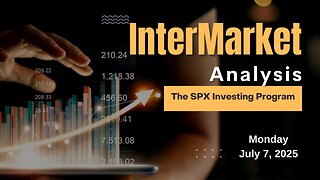 33:36
33:36
The SPX Investing Program
2 days agoInterMarket Analysis Update for Monday July 7, 2025
231 -
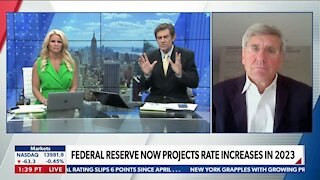 6:04
6:04
NEWSMAX
4 years agoFEDERAL RESERVE NOW PROJECTS RATE INCREASES IN 2023
3.81K17 -
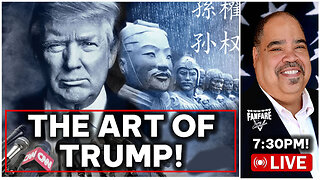 3:00:23
3:00:23
Barry Cunningham
8 hours agoPRESIDENT TRUMP IS EXECUTING ON A WHOLE DIFFERENT LEVEL! HE ALWAYS HAS!
79.6K72 -
 5:54:00
5:54:00
SpartakusLIVE
8 hours ago👑 King of Content 👑 || Duos w/ GloryJean
27.1K -
 20:40
20:40
Side Scrollers Podcast
15 hours agoGen Z Tries OG Super Mario Bros for the First Time
31.3K4 -
 LIVE
LIVE
Spartan
5 hours agoPro Halo Player | Ranked + SWTOR
720 watching -
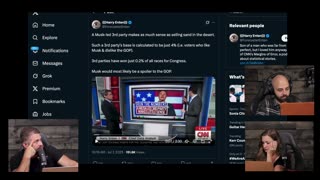 1:34:00
1:34:00
Nick Freitas
8 hours agoCan Elon Musk’s America Party Actually Win?
59.9K28 -
 2:37:04
2:37:04
megimu32
6 hours agoOTS: The Matrix Was About WHAT?! Trans Allegory, Cancel Culture & Comedic Chaos
31.2K9 -
 4:04:13
4:04:13
VapinGamers
5 hours ago $0.75 earnedDestiny 2 - Just Cause and Goodies, Let's Talk New Stuff - !rumbot !music
37.9K2 -
![Batman Arkham Knight [6K Reshade Mods] Hardest Difficulty ⋆ Western Retread](https://1a-1791.com/video/fww1/4a/s8/1/M/p/x/0/Mpx0y.0kob.1-small-Batman-Arkham-Knight-6K-Res.jpg) 4:48:23
4:48:23
FusedAegisTV
11 hours agoBatman Arkham Knight [6K Reshade Mods] Hardest Difficulty ⋆ Western Retread
24.5K2